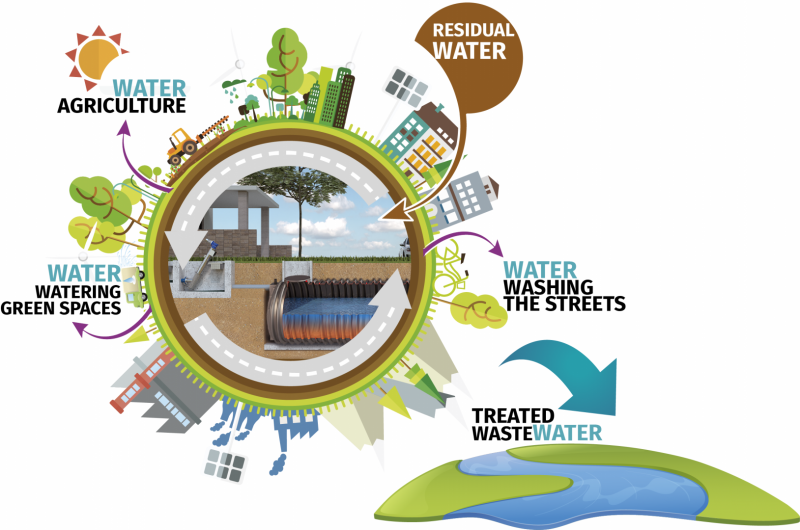
Water waste management is one of the major hassles which is faced by the majority of industries. The industries let the wastewater into flowing streams or rivers near them, polluting the water resources in that locality. To prevent and safeguard the water resources, the government has given much regulation on the quality of the water before it is drained into the water sources. One of the primary problems is the amount of pH which is present in the wastewater. The pH is a highly non-linear quality of the liquids, as a single drop may change the quality to either acidic or alkaline. In this paper, the different proposed methods were used for maintaining the pH of wastewater by using various intelligent controllers. The Nonlinear Autoregressive with External Controller (NARX) and Nonlinear Autoregressive (NAR) under deep neural network is proposed where the NARX model is synthesized based on two different algorithms which involve the Levenberg Marquardt (LM) and Scaled Conjugate Gradient (SCG) for maintaining pH. The controllers are implemented into the process tank of the pilot plant for the determination and neutralization of the pH. The pilot plant is interfaced MATLAB R2019b with the computer as a controller where the controller action for the neutralization is processed. The proposed NAR model did produce better results than the other models, whose settling times were 8.6 seconds and 0.5% overshoot. The NAR model has better results when compared with the other two neural models.
Total file downloads: 13